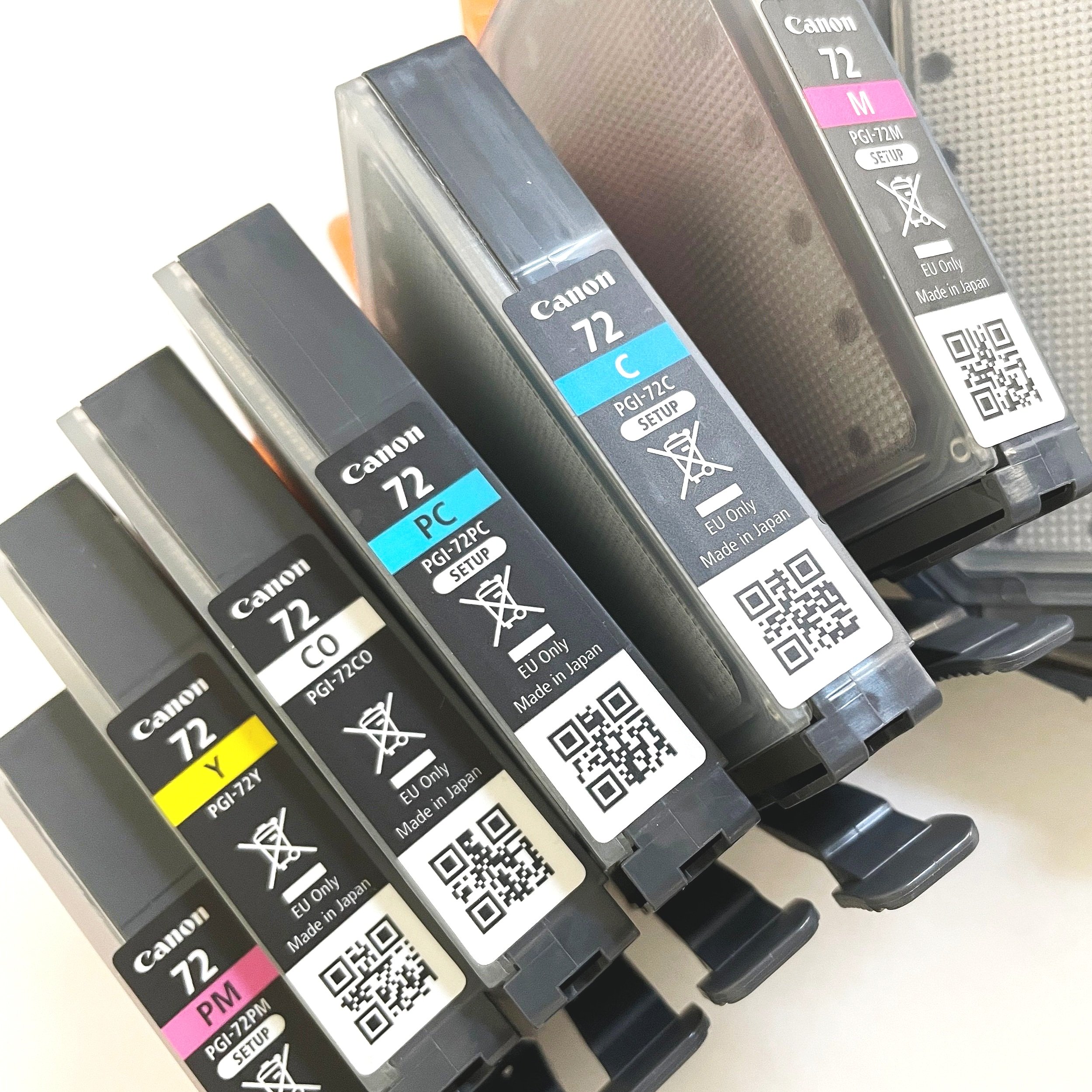Essential steps for making a fine digital print
This is my process to produce beautiful inkjet prints. We will cover preparing the images on the computer, setting the parameters for printing, picking the best printer and the most appropriate paper types, and I’ll show how the images are matted ready for delivery.
If there’s anything you’d like me to cover in more detail leave a note in the comments below and I’ll try to put together a more detailed tutorial for you. There’s a video version of this blog post you can view at the bottom of this page.
I’m printing one of my open-edition images – this one is from near Halifax, my hometown in England. The Yorkshire landscape is stunning and I want people to feel the texture of the rock, the rugged terrain and the weight of the sky.
I’d like to print out an 8 x 10 to be installed in a 16 x 20 frame - it gives a lovely wide border separating the image from anything else that is close by on the wall that it will eventually hang on.
Here’s how the dimensions break down – I have an 8x10 piece of paper, but the mat window has to be smaller else the paper will fall through. So the window is 7.5x9.5 inches for a ¼” overlap. I also like to leave a small gap between the printed area of the image and the matte cutaway, just to make things look tidy. In this case the printed area is 7 x 9 inches to leave a quarter inch gap around the printed image.
Printing
There’s a whole bunch of parameters to set for the printing including the paper size the print area size and the printer profiles so that the program is aware of how my printer treats colors and also how the selected paper is going to affect the colors. I also like to leave a think black border on the prints so that any whites in the image remain separate from the white of the surrounding paper.
I use a color calibrated monitor so that the colors that I am looking at what will be printed and so I don’t have to do any second-guessing or run a large number of test prints because the colors will be pretty much what I see on the screen.
With prints that are for sale we can’t cut any corners when it comes to quality. The printer (canon pro-10) uses pigment inks which are the most archival inks available. I do not risk using lower quality third party inks – I use the manufacturer’s inks which are some of the most expensive liquids in the world.
I limit my paper choices to the most appropriate matte paper and semi-gloss paper. These are top-of-the-line acid free papers - resistant to possible to yellowing overtime.
Once the print is created, the date and the name of the print is written directly on the back of the paper with an archival quality pen and I’ll also write my name there. I’ll also sign the mat but the mat might be replaced one day so writing the information on the print is much more secure.
Matting
I go to the effort of cutting my own mats for a couple of reasons. The first of which is because I like an 8 x 10 to be framed in a 16 x 20 frame and that combination is not easily found in pre-cut mats. There’s also my preference for bottom waiting the mat. That means placing the window higher than center by having a wider bottom boarder than the top by a very specific amount. This is called the optical canter and is an illusion that human brain finds satisfying. Find out more on how I cut mats in this detailed blog post.
The image is attached to the mat using a single piece of acid-free tape at the top of the image. You’ll notice that it is not all the way around the image because the paper on the mat will expand and contract at different rates over time - if they were permanently attached the picture would buckle. Attaching the image with just one piece of tape allows the picture to move independently of the mat.
Framing
I found that people have very specific frame preferences depending on their own décor and tastes. Providing a frame that will be eventually discarded would be wasteful. So instead I deliver matted prints that are ready for framing and this has the added benefit of lower shipping costs.
When I do frame the prints I’m a huge fan of a thin simple black frame. It will never go out of style.
So there’s the final piece. From preparing the image to hanging it on the wall - This entire process is based on the principle of doing things simply and doing them right to make the best and longest lasting print possible.




